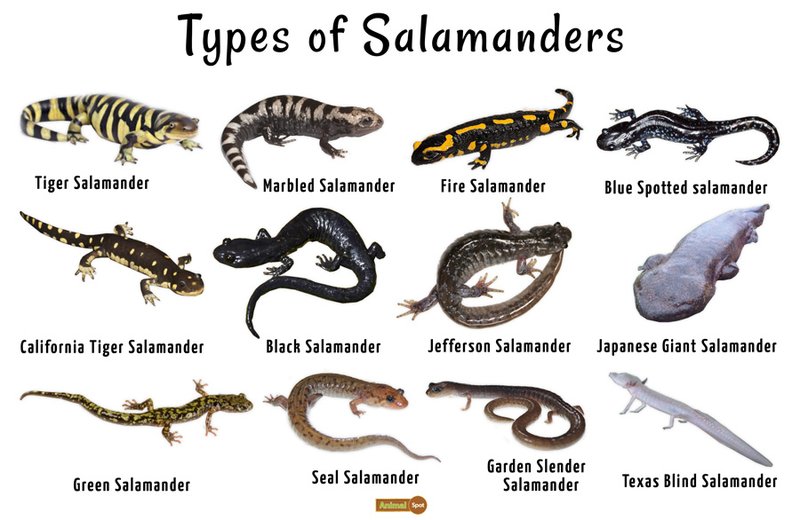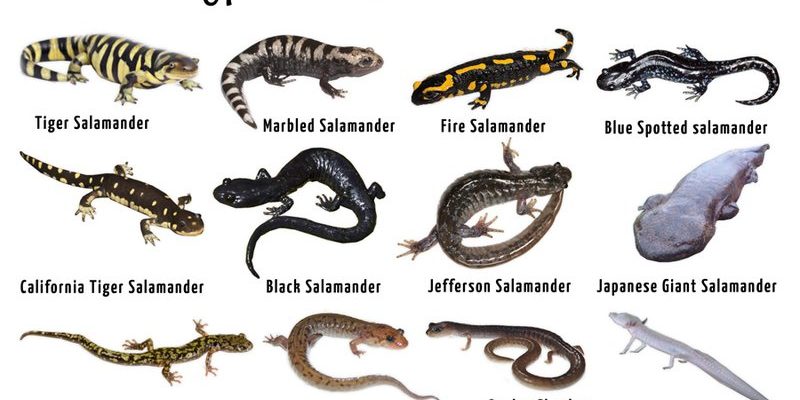
Here’s the thing: many people don’t realize how unique these animals are. You might think of them as simple, slimy critters, but salamanders have complex lives that intertwine with their environments in ways that are crucial for maintaining biodiversity. From their unusual communication methods to their incredible adaptability, let’s dive into 10 things you didn’t know about the salamander that might just blow your mind.
1. Salamanders Can Regenerate Lost Limbs
One of the most mesmerizing traits of salamanders is their ability to regenerate lost limbs. Yes, you read that right! If a salamander loses a leg or even part of its heart, it can grow it back over time. This ability sets them apart from most other animals. Imagine if you could just grow a new arm after a minor incident!
The regeneration process involves complex biological mechanisms. For instance, when an injury occurs, the salamander forms a structure called a blastema at the injury site. This *blastema* is made of specialized cells that can transform into different types of tissues—like muscle, nerve, or bone—to create the new limb. Scientists are studying this process closely, hoping to unlock secrets that might one day help with human injuries.
2. They Have Unique Breathing Habits
You might be wondering how salamanders breathe, given their slimy skin. Well, let me explain! Unlike most animals, which rely solely on lungs, salamanders can absorb oxygen through their skin in addition to using their lungs. This means they can take in oxygen even when submerged in water.
But that’s not all. Some species, like the *Axolotl*, don’t even lose their gills as they mature! They carry around feathery external gills that help them breathe underwater. This dual breathing ability makes salamanders incredibly adaptable to their environments, whether they’re in a muddy forest or a clear stream.
3. Salamanders Are Essential Indicators of Ecosystem Health
Salamanders play a crucial role in their ecosystems, often acting as indicators of environmental health. They are sensitive to pollutants and changes in their habitats, which means that if their populations decline, it’s usually a sign that something is off in the environment. This makes them an important species for scientists studying ecosystem health.
Their presence—or absence—can tell researchers a lot about water quality. For example, if a stream that used to host many salamanders sees a drastic drop in their numbers, it might be time to investigate pollution sources. By observing these creatures, scientists can take steps to protect their habitats and maintain biodiversity.
4. They Communicate in Unique Ways
Have you ever thought about how animals talk to each other? Salamanders have some pretty interesting ways of communicating! While they don’t “speak” like humans, they use a combination of visual signals, scents, and body language to interact.
For instance, many salamanders will perform a courtship dance, waving their tails or spreading their limbs to get attention from potential mates. Others might release pheromones—chemical signals that convey information to others in their species. It’s a fascinating reminder that communication in the animal kingdom can take many forms, often without any sound at all.
5. There Are Over 700 Species of Salamanders
You might think salamanders are just a few species of slimy, colorful creatures, but there are actually over 700 recognized species worldwide! They vary greatly in size, color, and habitat preferences. For example, the *Eastern Red-backed Salamander*, which is commonly found in North America, is only about 3 to 7 inches long. In contrast, the *Chinese Giant Salamander* can grow to be over 4 feet long, making it one of the largest amphibians on the planet.
These different species have adapted to many environments—from lush forests to rocky mountains to urban areas. Each species plays a specific role in its ecosystem, helping to keep the balance in their respective habitats.
6. Salamander Defense Mechanisms
When faced with predators, salamanders have some clever tricks up their sleeves—or should I say limbs? Many species possess skin that contains toxins to deter attackers. Depending on the species, these toxins can range from mildly irritating to downright dangerous. For instance, the *Eastern Newt* has a potent toxin that can be harmful if ingested by predators.
Additionally, some salamanders can eject a part of their tail when captured, allowing them to escape while their predator is distracted. This can be quite a fascinating spectacle in the wild, demonstrating how these little creatures have evolved to survive in a world full of dangers.
7. They Have a Unique Life Cycle
Salamanders undergo a life cycle that is quite different from what you might find in other animals. Most start their lives as eggs laid in water. These eggs hatch into larvae, which have gills for breathing underwater. Over time, they undergo metamorphosis, transitioning into adults that can live on land or in water, depending on the species.
During this transformation, they lose their gills, develop lungs, and often change their color and body structure. This life cycle is a perfect example of nature’s adaptability, showing how organisms can thrive in different environments throughout their lives.
8. They’re Found All Over the World
You might think salamanders are mostly found in specific regions, but they actually inhabit many areas worldwide. While they are most abundant in North and Central America, there are species in Europe, Asia, and even parts of Africa. Each species has adapted to its specific environment, making them incredibly diverse.
For instance, the *Alpine Salamander* can be found living in cold, mountainous regions, while the *Spotted Salamander* prefers moist woodland habitats. This adaptability illustrates how various salamander species can thrive under different conditions while contributing to their ecosystems.
9. Salamanders Are Long-Lived Creatures
If you’re thinking of keeping a salamander as a pet, there’s something you should know: they can live a long time. Some species can live for decades in captivity—up to 50 years in some cases! This long lifespan means that salamanders require a long-term commitment if you plan on caring for one at home.
They thrive in environments similar to their natural habitats, so providing them with the right conditions is crucial for their health and happiness. Whether it’s the right temperature, humidity, or diet, making sure they’re well cared for will go a long way in ensuring a long life.
10. Conservation Efforts for Salamanders
Unfortunately, many salamander species are facing threats due to habitat loss, pollution, and climate change. These challenges make conservation efforts crucial for their survival. Organizations are working to protect their habitats and raise awareness about the importance of these amphibians.
You can help too! By supporting local conservation efforts, avoiding the use of harmful pesticides, and being mindful of water resources, you can contribute to a healthier environment for salamanders and other wildlife. Every little action counts toward preserving these incredible creatures for future generations.
In conclusion, salamanders are more than just slimy animals you might see occasionally in your backyard. They’re unique, complex, and play vital roles in their ecosystems. By learning about them and sharing this knowledge, we can contribute to the conversation around their conservation and appreciate the wonders of nature a little more. Next time you think of salamanders, remember the incredible stories they carry with them!

